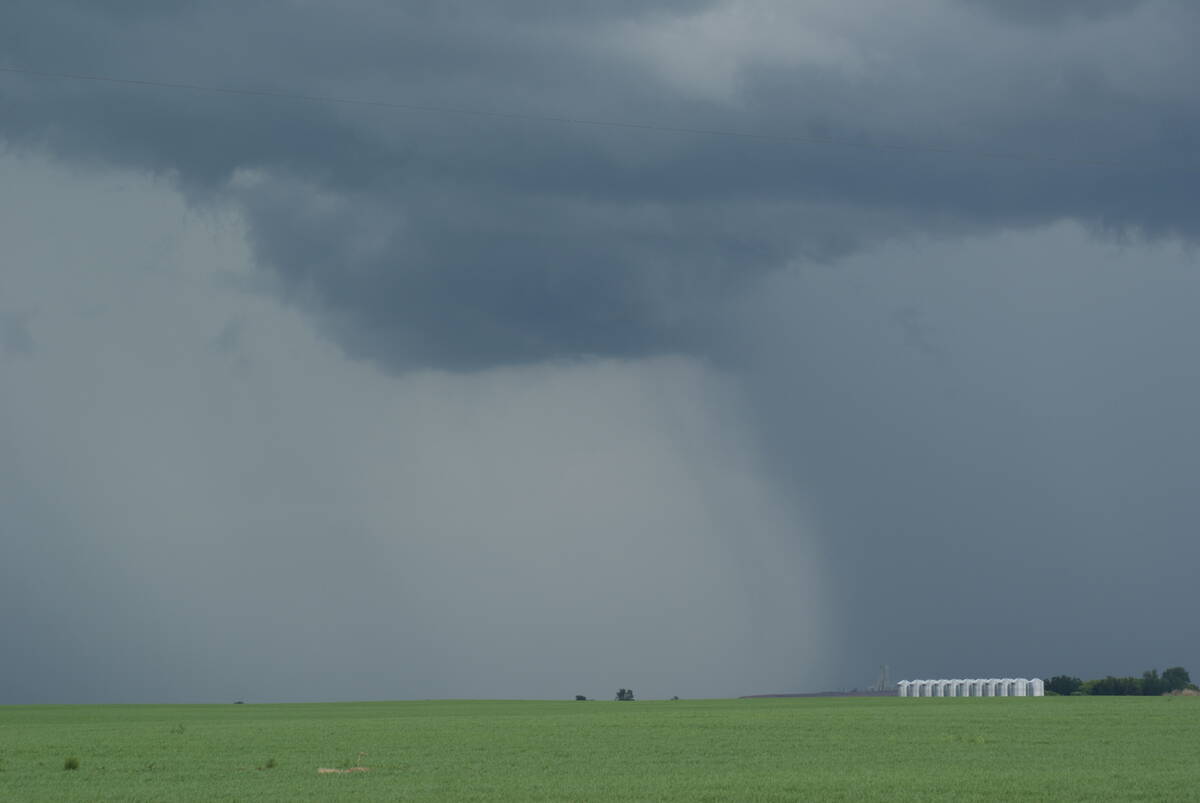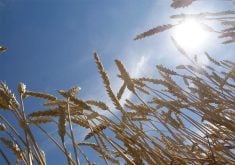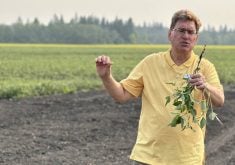I’m told that grass fires in the chinook-swept portions of Saskatchewan and particularly Alberta are not all that uncommon in winter. The winds blow in, suck up all the moisture and leave behind a landscape ripe for crisping.
January grass fires are not part of my experience, coming from a town where there is normally plenty of ice and snow, so the fires that recently roared near Nanton and Fort Macleod in Alberta and Maple Creek in Saskatchewan shocked me.
I wasn’t the only one, mind you. Kevin Widmer told the Regina Leader-Post that he has never seen a January grass fire, either, and he’s a lifelong resident of tropical Maple Creek, perpetual warm spot of the province.
Read Also

Canadian farmers need new tools to support on-farm innovation
Farmers need a risk management buffer that actually works and investment that drives advancements forward if Canada is to build resilience.
Yet even by southern Alberta standards, the wind was fairly extreme and the damage caused by wildfire was significant. Thirty-five structures were damaged or destroyed, including four homes, and four firefighters were injured. Fire bans are now in place.
Meanwhile, farmers with winter wheat acres in Manitoba and Saskatchewan are starting to worry about the lack of snowfall. Acres in both provinces are fairly high be-cause of the soggy spring.
Unfortunately, it has been so warm and dry that winter wheat does not have its snowy toque for protection against the cold — which may or may not come.
It depends on whose forecast you listen to, but it is winter; cold temperatures are still likely.
Personally, I was dreading winter this year, especially after last year’s icy blast. Maybe it’s my aging bones. The remarkable warm spell has made everything easier, and I have revelled in it.
But that’s enough now. This weird spring-winter thing is scaring me, and reminds me to be careful what I wish for.
Prairie agriculture is partly reliant on snow for moisture and cold for killing nasty creatures. New technology has made crops easier to grow under difficult conditions, but prairie crops are also known for being super-clean, and that’s largely because of winter. Real winter.
I cannot believe I’m saying this, but bring on the snow, and then the cold — and while I’m at it, a nice, normal spring with proper rainfall.
After last year, the year before and the fires, it’s the least Mother Nature could do — although she could spare us 40 below.














